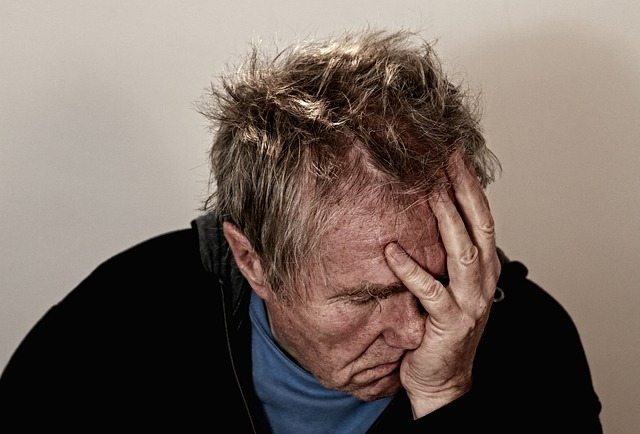
If you’ve suffered from a slipped disc, you’re not alone. Many adults will endure slipped discs at least once in their lifetime, and the likelihood of suffering from a slipped disc increases with age. In this post we’ll discuss the definition of a slipped disc, the symptoms and causes, and the best forms of treatment.
What is a slipped disc?
The spinal column is comprised of bones (vertebrae) stacked upon each other. These bones are cushioned and protected by discs, which absorb the shock and stress caused by everyday activities like walking, running, twisting, and lifting. A disc has two parts: a sturdy outer ring and a soft inner portion. Progressive weakness or sudden injury can cause the inner portion to penetrate the outer ring, a condition known as a slipped disc.
Symptoms
Though the lower back is the most common spot for a slipped disc to occur, the symptoms of a slipped disc can be felt anywhere along the spine, from the neck to the coccyx. A slipped disc places undue pressure on the muscles and nerves around it, and since the spinal column is an elaborate network of blood vessels and nerves, a slipped disc’s impact is wide-ranging.
Common symptoms of a slipped disc include:
- Pain that worsens after standing or sitting
- Pain that extends to the arms or legs
- Pain when walking short distances
- Pain and numbness, usually on one side of the body
- Pain that worsens with certain movements, or at night
- Tingling, aching, or burning sensations in the affected area
- Muscle weakness
Causes
Just as there are several symptoms associated with a slipped disc, there are a handful of causes. Some of the most common causes of a slipped disc are:
- Age: as mentioned in the opening, older people are more likely to experience a slipped disc. The soft inner portion of the disc is partially comprised of protective water, but as a person ages this water begins dissipating. The loss of water causes the discs to displace more easily.
- Gender: studies show that slipped discs are more common in men than women
- Overweight/sedentary lifestyle: the discs in an overweight person’s spine support more weight than is natural, which leads to increased risk of a slipped disc. In a similar vein, sedentary lifestyle and weak musculature can increase the chances of a slipped disc.
- Physical stress: awkward motions, heaving lifting, and excess twisting will make a person more susceptible to a slipped disc
Treatment/Preventative Measures
Exercises that focus on stretching and strengthening the back and its surrounding muscles are important for recovering from and preventing a slipped disc. It’s also helpful to avoid painful positions and reduce heavy lifting. Walking is another low-impact activity that can help keep the body properly stretched and maintain loose joints.
Chiropractic care can also be of great benefit. When you visit Active Life Chiropractic in Charlotte, we’ll discuss your medical history and conduct a series of physical, neurological, and orthopaedic exams. Based on the exam results and your specific symptoms, we’ll devise a treatment plan that integrates spinal manipulation, manual therapy, and therapeutic exercises. Two of the most common manipulations for slipped disc therapy are the flexion-distraction technique and the pelvic blocking technique (of which there are several kinds).
If you have a slipped disc and would like friendly, professional treatment, contact our local chiropractic clinic today.
